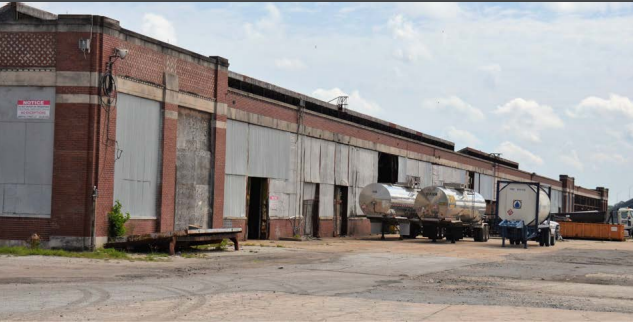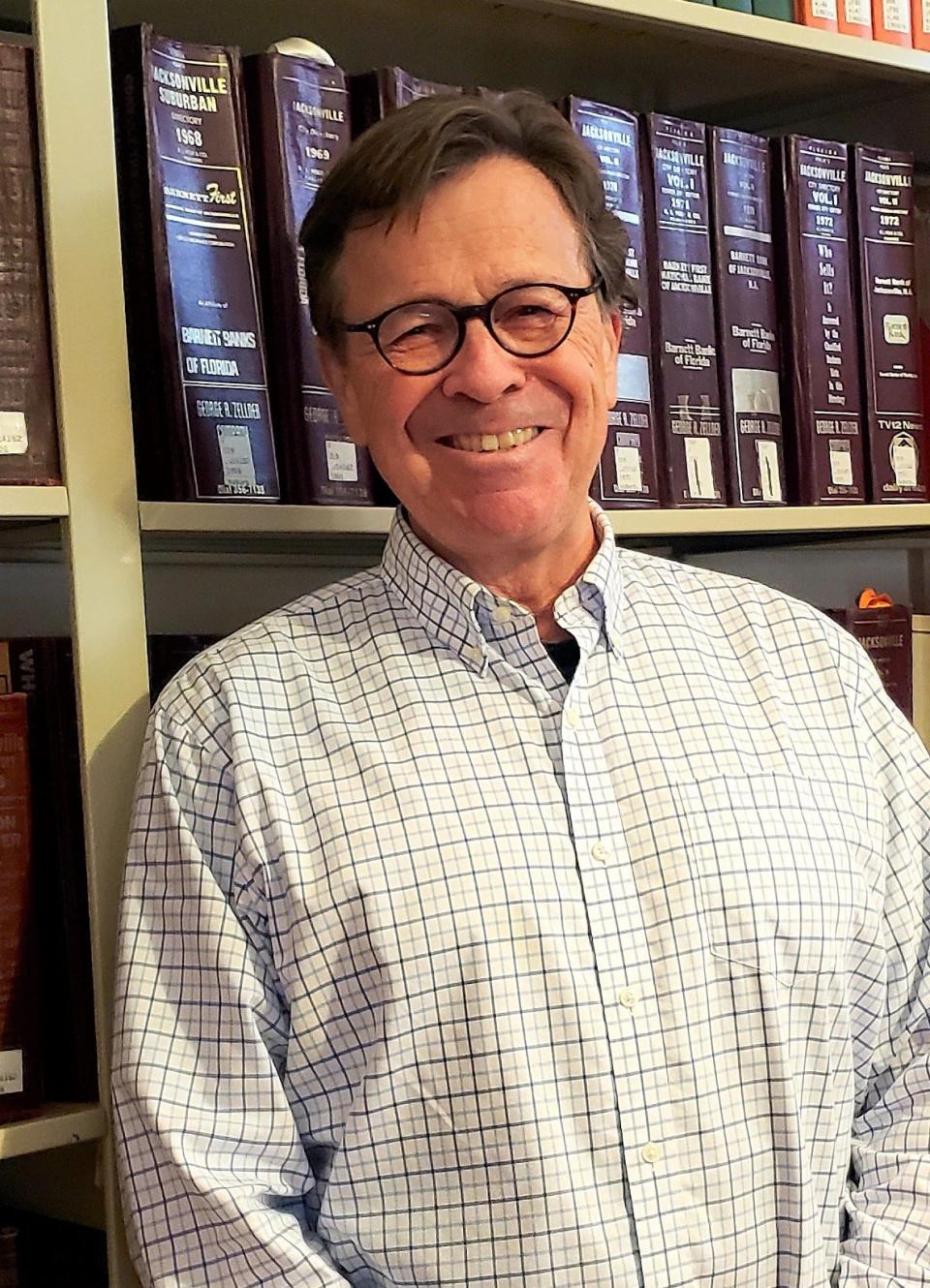Alan Bliss: Landmark factory in Jacksonville will be demolished and miss its century mark

Sometime in early 2023, Jacksonville will lose another of its landmark buildings to demolition. The Ford Motor Company assembly plant, at 1900 Wambolt St., was built in 1924 to produce the Ford Model T, the company’s first mass-produced automobile and one of the most influential cars of all time.
Ford’s arrival meant a lot to Jacksonville and to the entire state of Florida. The largest carmaker in the world risked over $2 million in capital funding — almost $35 million today — betting on Jacksonville as an industrial city and seaport, and on Florida as a market for its products. On both counts, they bet wisely.
In 1923, the City of Jacksonville sold a 10-acre former shipyard site to Ford for $50,000. Dredges deepened the basin so that oceangoing ships could dock alongside the building. The revolutionary industrial architect Alfred Kahn designed the plant so that railroad freight cars entered one side, carrying the components necessary to build complete cars. A massive brick structure, the original phase contained approx. 115,000 square feet.
More about the Ford plant: Demolition will raze old Ford auto plant that gave Jacksonville a slice of Motor City
More about the area: A Jacksonville neighborhood was once home to local legends. It could get national recognition.
In 1926 a 50,000-square-foot addition to the building was extended east into the river, on filled and bulkheaded land. Hundreds of Jacksonville laborers assembled the cars along Ford’s rigidly choreographed production line, and the finished vehicles rolled out the other side of the building. Pumps drew water from the river to fill the plant’s reservoir, and an onsite boiler supplied steam to power electric generators. At the east end of the building were offices, a parts department and a showroom displaying gleaming new Fords fresh off the assembly line.
Now approaching 100 years of age, the plant stands on the bank of the St. Johns River east of downtown and just north of the Mathews Bridge. In 2003 the property owner asked for and received historic landmark designation from the City of Jacksonville. In the decades since, the property has occasionally been used for storage, but the massive plant building itself has languished, deteriorating and neglected. The east end of the building was allowed to settle and begin to collapse.
Another property owner made plans to lease the site for a shipyard, and earlier this year asked the City’s Historic Preservation Commission for consent to demolish the entire 1924 factory. When that request failed, the owner appealed to the City Council. One of Jacksonville’s leading lobbying firms and a former city attorney presented the case skillfully. The result was a unanimous vote to overturn the Historic Preservation Commission, allowing demolition to proceed.

Knowing the risks faced by the Ford Motor Company plant, the Jacksonville Historical Society has publicized its condition and potential for years. The building has appeared every year on our annual list of Jacksonville’s Most Endangered Sites. Visitors and investors from elsewhere instantly recognized its potential for sustainable adaptive reuse. We introduced prospective tenants or purchasers to the property and connected them with the owner, whose plans to redevelop the site remained inflexible.
Not every old building can be saved, nor should they be. A city is a place for economic activity, where its people earn their livings. If the owner’s plan bears fruit, a new enterprise will appear at 1900 Wambolt St., employing skilled, high-wage workers performing ship repairs using 21st century technologies. That use of property will be faithful to its industrial past, and will contribute to the diverse economic pulse that sustains a great city. That the Jacksonville Historical Society will celebrate.
Historic preservation is about more than just looking backward. It is about cementing the authentic identity that makes a place real and distinct. That kind of value is impossible to invent. Preserving and adapting an historic structure is tough, high-skill work, creating jobs for people whose abilities are rare enough to command high pay.
More from JHS: Jax in the 1920s went from vibrant downtown to gridlocked car town
110 and counting: Jacksonville Southbank building being restored, renovated for next century of business
Letters: Patient code of conduct needed to protect health care workers from violence
The materials that go into restoration are also high value assets. Keeping up with a century-old building is an unending investment. But the results cannot be faked. All of that is why historic preservation is also economic development.
Once restored and adapted to contemporary use, historic buildings spin off their value across surrounding properties and neighborhoods. Fifty years ago, Jacksonville’s Riverside and Avondale sections were overrun with neglected homes and businesses that were eyesore candidates for demolition, where the city planned to construct a new expressway. Thanks to the preservation impulse that took root in the 1970s, those neighborhoods today are nationally recognized.
They are the sites of some of this city’s highest-value commercial and residential real estate, home to many of its most affluent citizens, and hold a magical appeal to visitors who instantly grasp that Jacksonville is a real place with a distinctive past.

In recent years other parts of Jacksonville’s authentic past have given way to demolition, Riverside Avenue’s Fire Station No. 5 being an example. But the loss of our unique Ford plant is bitter. Nothing like it has ever existed in Jacksonville. No place else tells the story of this city’s emergence in the 20th century as a great seaport and Florida’s leading industrial center — things that differentiate Jacksonville from anyplace else in the state and region.
A similar waterfront Ford plant in Richmond, California, preserved and adapted to modern use, recently sold for more than $100 million, proving the potential for those with the eyes to see it.
Let’s take a fresh grip on what remains of this city’s historic built environment, allowing it to tell the stories of people who came before us, their dreams, struggles and tragedies. We inhabit a city they built. Respecting that legacy means that we ourselves will enjoy and leave behind a Jacksonville that is better in every measure.
Alan J. Bliss, Ph.D., CEO, Jacksonville Historical Society
This guest column is the opinion of the author and does not necessarily represent the views of the Times-Union. We welcome a diversity of opinions.
This article originally appeared on Florida Times-Union: Demolition means historic Jax building will miss its century mark

